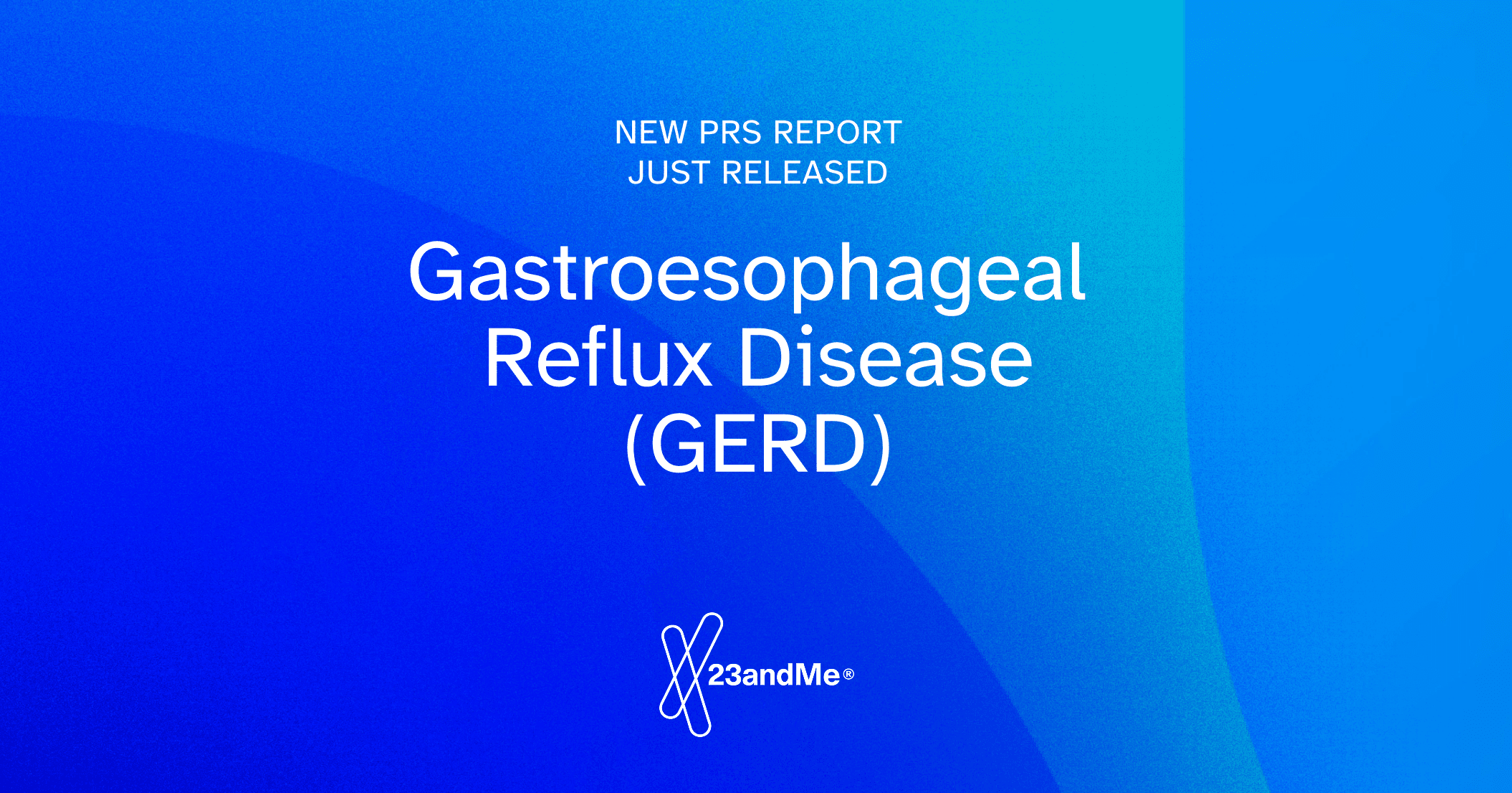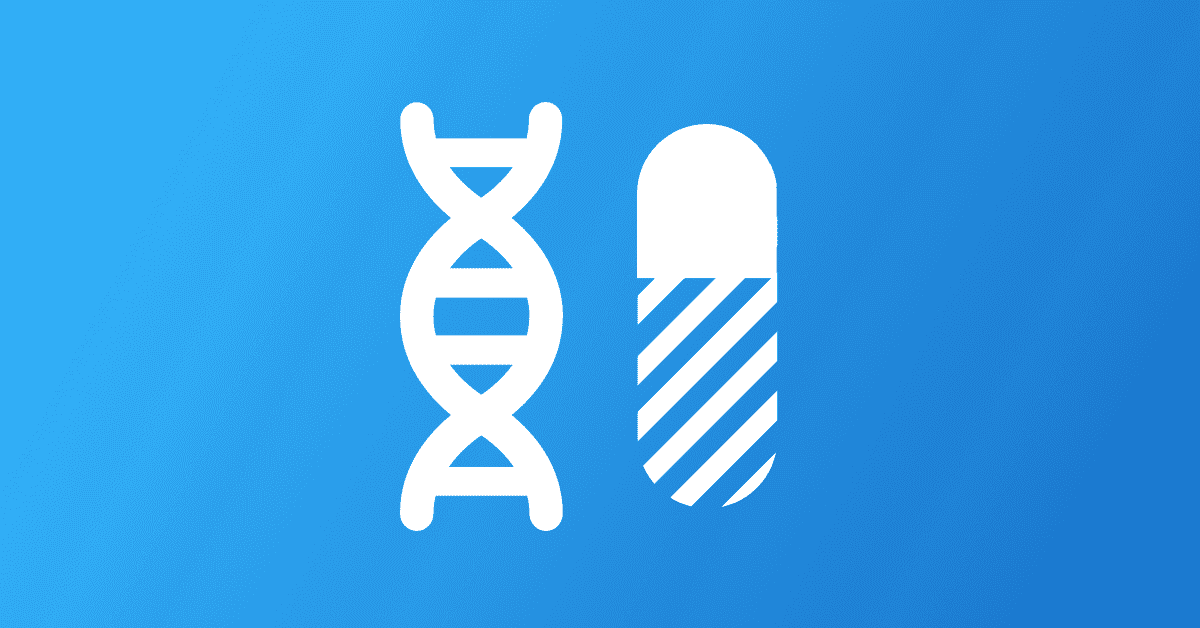
Hereditary hemochromatosis is a common genetic condition that makes a person more prone to absorbing too much iron. Premenopausal women are largely protected from iron overload because of menstruation and pregnancy, but typically around menopause some women begin to experience symptoms of the condition.
A study published in the late 1990’s with 176 women and 176 men with hemochromatosis, matched by age, found that a significant number of the women suffered serious complications from hemochromatosis, and developed their first symptoms only a little later than the men. On average, the women in the study showed symptoms around age 50, while the men showed signs nearly two years earlier. Roughly half of the women had stopped menstruating at the time of diagnosis, but the other half were technically premenopausal at diagnosis. There was some evidence that women who stopped menstruating before the age of 50 had higher levels of iron in their bodies.
For certain conditions*, like cirrhosis and diabetes, rates were higher in men, but for others, like fatigue and arthritis, rates were higher in women. Roughly 94 percent of the women, versus 100 percent of men, had abnormal measures of iron stores in the body.
Hereditary hemochromatosis affects women and men equally with respect to how the condition is inherited: you must inherit a mutated gene from each parent to have the condition and the gene involved in most forms of hereditary hemochromatosis, the HFE gene, is not located on the sex chromosomes. (This condition is autosomal recessive.)
Thus, the results from this study suggest that women can suffer overt symptoms of hereditary hemochromatosis and at roughly the same age as men. And once a woman goes through menopause and loses her natural way of expelling iron, she appears to have more or less the same risk as a man for suffering serious complications including arthritis and liver disease.
For most women menopause is associated with various changes in health. In the short term women can attest to unpleasantries that result from drops in estrogen levels. High on the list are hot flashes, changes in sex drive, and mood changes. But there are also serious long term risks for conditions like osteoporosis and heart disease. For women with hereditary hemochromatosis, increased risk for absorbing too much iron should also be added to the list. Women should take note that the symptoms of menopause and hemochromatosis can sometimes overlap, for instance fatigue is common to both.
Whether before or after menopause, it’s important for women with hereditary hemochromatosis to monitor the iron levels in their body. Physicians can order blood tests to measure transferrin saturation and serum ferritin levels in blood, which together provide a good picture of iron absorption and storage in the body. If these markers are elevated, additional testing to determine the impact on organs may also be warranted.
*Liver cirrhosis occurred in ~14 percent of the women and 26 percent of the men; diabetes occurred in ~7 percent of the women and ~16 percent of the men; fatigue occurred in ~65 percent of the women and 42 percent of the men; arthritis occurred in ~45 percent of the women and ~35 percent of the men.



